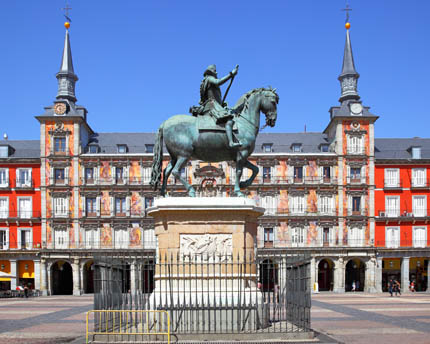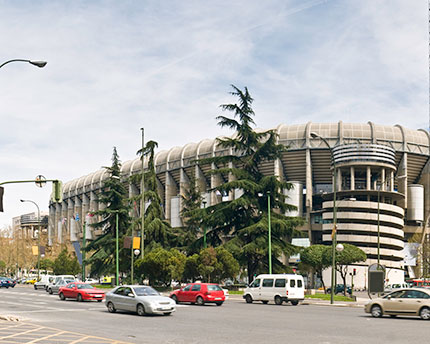The Santiago Bernabéu Stadium, the prestigious ‘white coliseum’
Real Madrid boasts a huge following spread around the whole world. That is hardly surprising when one considers the number of titles the club has won during its lifetime; in particular its outstanding success in the European Cup, something of which the team’s fans are inordinately proud.
If you would like to visit the white domain, read on—in this article, we provide all the information you need to make your visit to the Santiago Bernabéu Stadium an unforgettable experience.
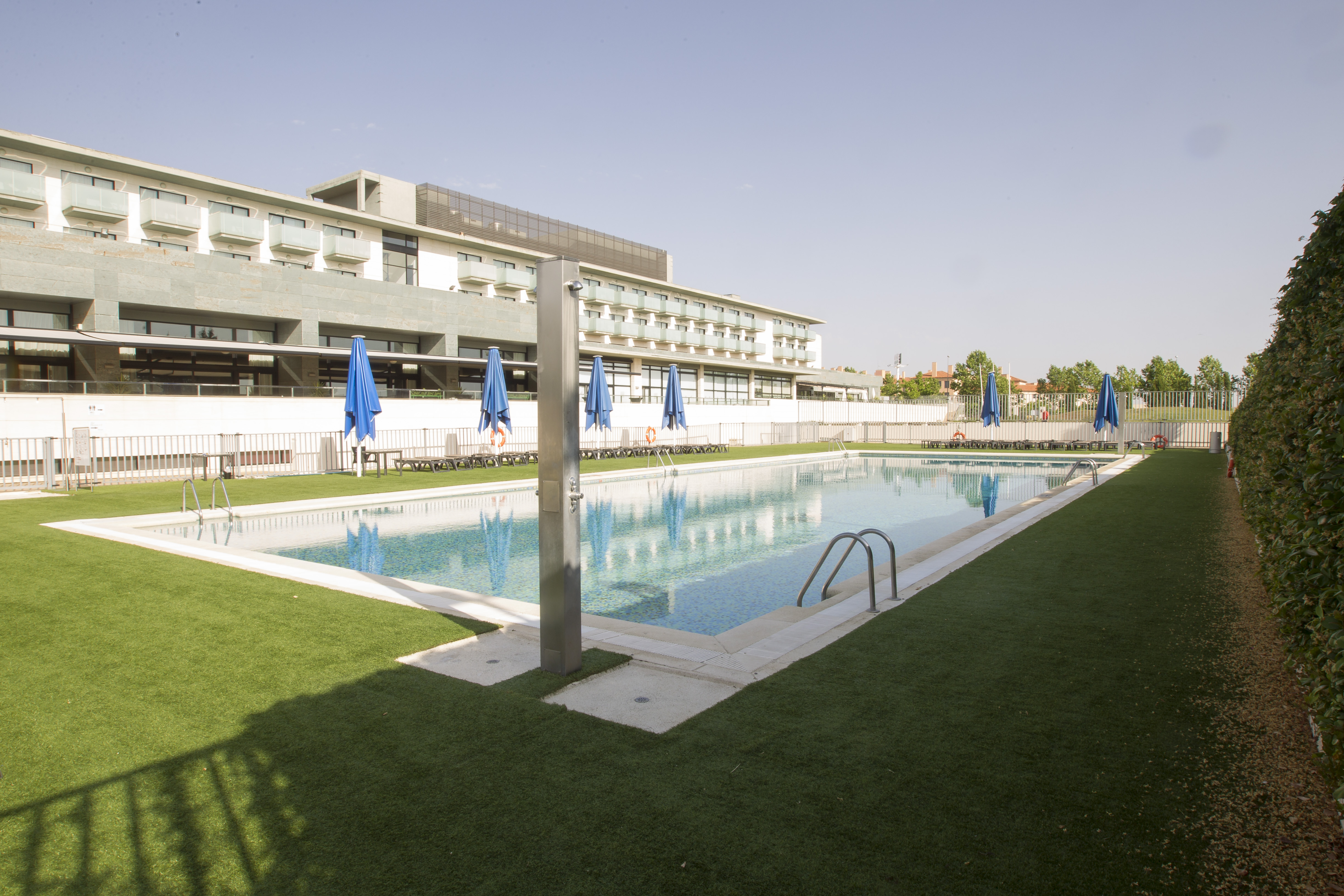


Madrid
Occidental Aranjuez
- The ideal hotel for visiting the Parque Warner Madrid theme park
- Meeting room for 840 people
- Hotel with outdoor swimming pool in Aranjuez
- Magnificent 1,200 m² fully equipped U-Spa
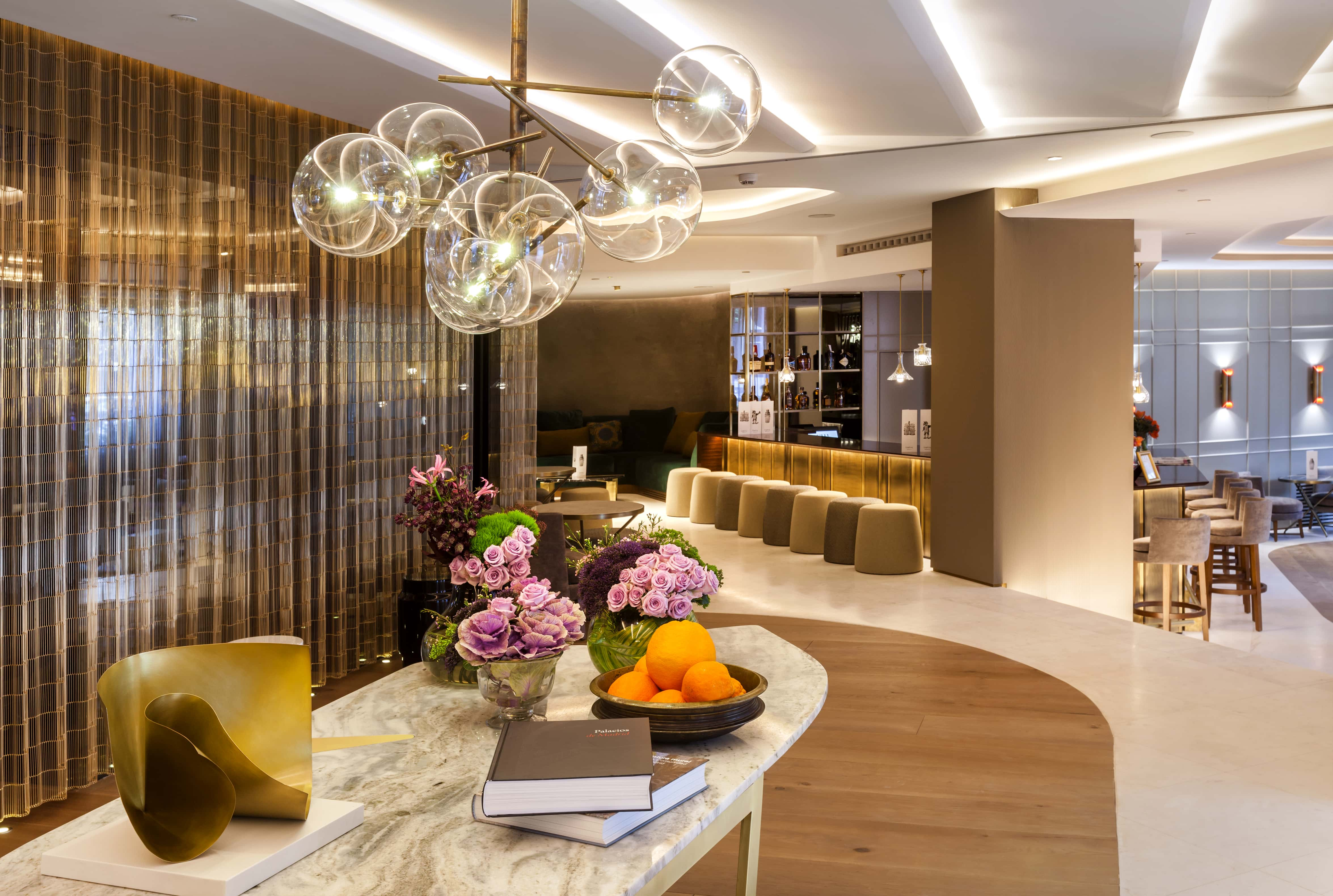


Madrid
Barceló Emperatriz
- Hotel opened in 2016
- The first hotel co-designed by guests
- Luxury hotel in the Salamanca neighbourhood, in central Madrid
- Healthy gourmet concept
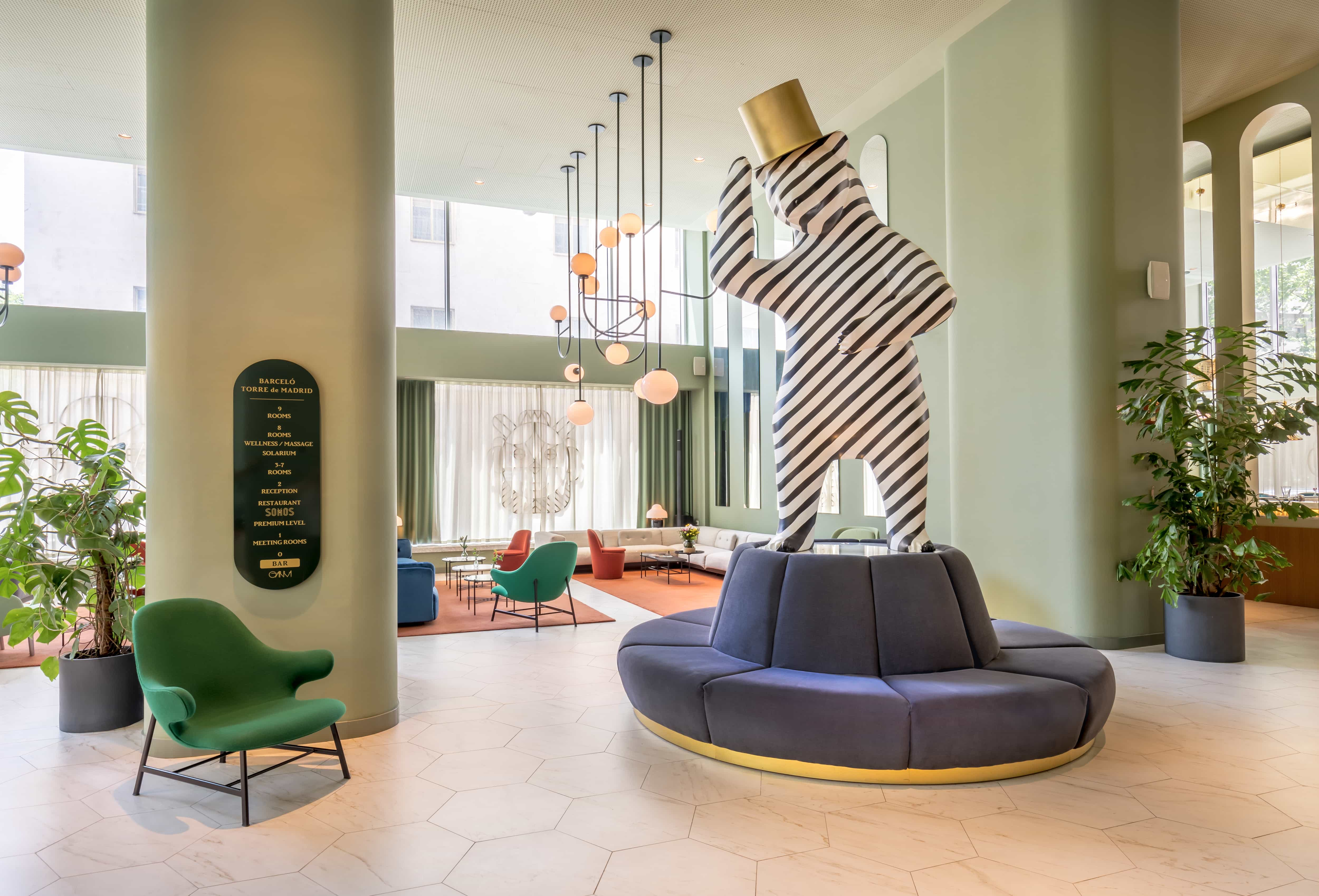


Madrid
Barceló Torre de Madrid
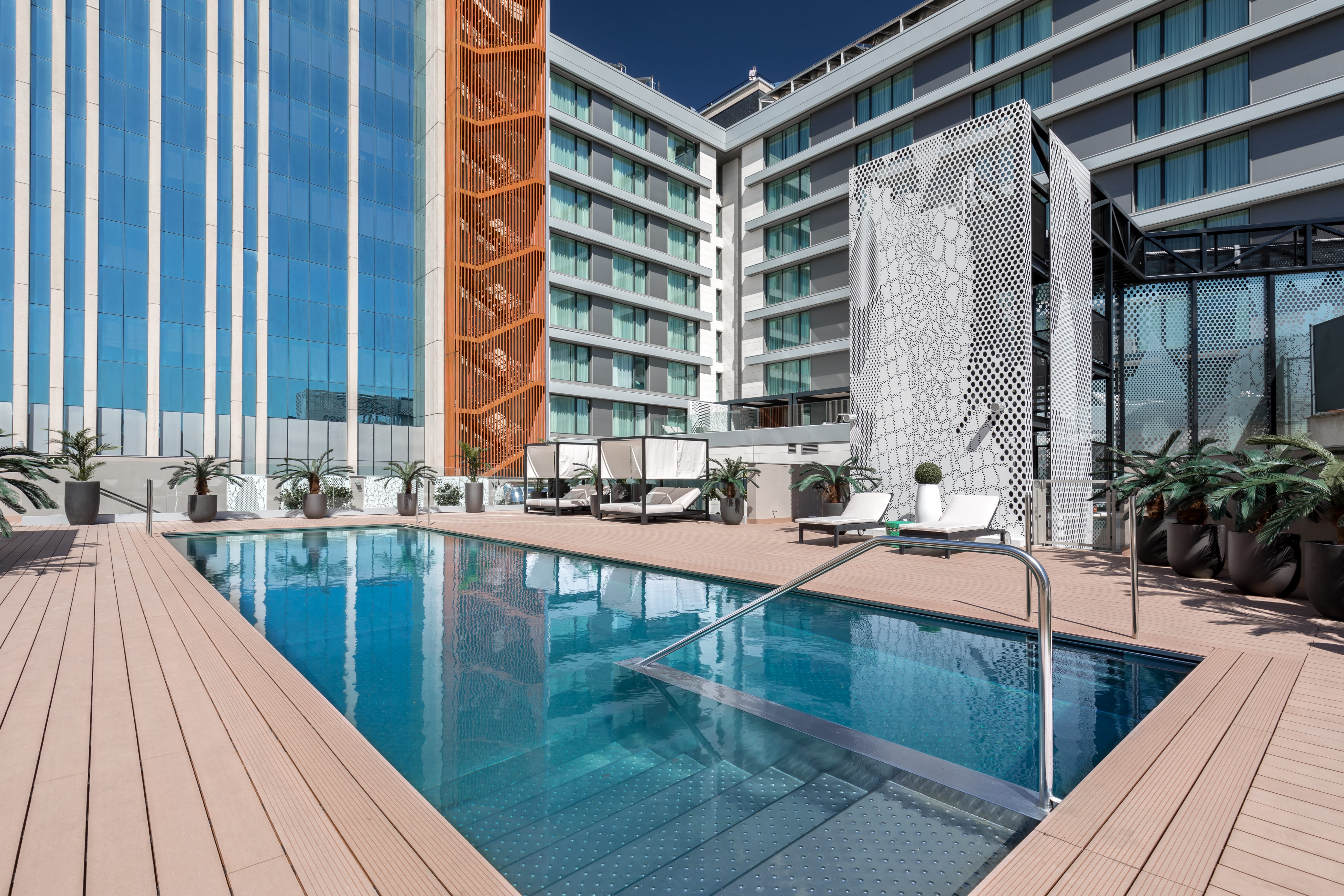


Madrid
Barceló Imagine
- A uniquely innovative hotel concept in Madrid
- With great transport links and a strategic location
- Restaurant Eat & Roll: organic cuisine tailored to guests
- The best views from the Sky lounge terrace
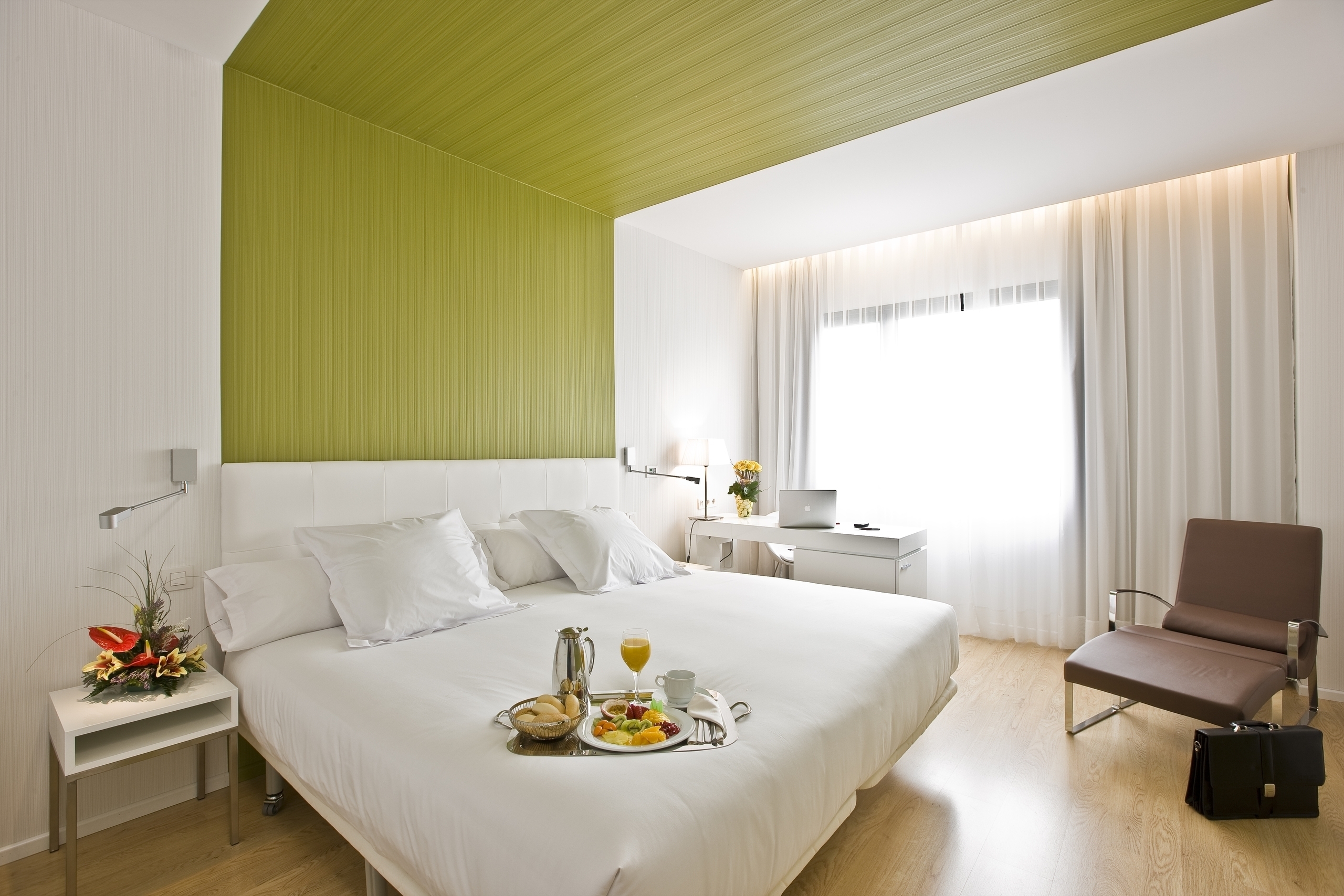


Madrid
Occidental Castellana Norte
- Hotel recommended by IFEMA
- Well connected to the airport and city centre
- Meeting rooms for 200 people
- Ultra-comfortable rooms
From the O’Donnell ground to the Nuevo Chamartín
Santiago Bernabéu is the second largest stadium in the Spanish championship league, behind its historic rival, Barcelona Football Club, whose ground holds 99,354 spectators (as opposed to the Madrid ground’s capacity of 81,044). The stadium is affectionately known as the ‘coliseo merengue’.
However, the club’s origins lie in much more modest grounds, such as the one located next to the former bullring which, in 1902, became the first stadium of the recently founded Madrid Football Club. This ground was so basic that the players used a bar called La Taurina in the building next door as a changing room and storeroom. As a result of the club’s increasing fan base, it moved to what was known as the O’Donnell ground, which had two grandstands and capacity for 6,000 spectators, until the ground was sold for housing development.


Champions League match in the Bernabeu
So the club moved once again, this time to the Velódromo Ground in the Ciudad Lineal district. This sporting complex, built by the famous town planner Arturo Soria, increased capacity to 8,000, and was the first grass pitch in Spain. However, the fact that it was so far away from the city centre was a serious problem for the fans, and so the club only used it for a year.
The Merengues eventually moved to Chamartín in 1924; the stadium held 15,000 people, 4,000 of whom occupied the covered stand. However, the Civil War caused serious damage to the Old Chamartín, which was upgraded during the immediate post-war period, and its seating capacity raised to 25,000.
Chairman Bernabéu’s dream stadium
The arrival of Santiago Bernabéu as the club’s chairman marked a period of glory for a club that was increasing its social mass at a blistering speed. It was Bernabéu who came up with the plan for the Nuevo Chamartín, a stadium that would hold 100,000 spectators, and which was opened in 1947. Ten years later, the club’s indefatigable chairman decided to embark on a new expansion, with the aim of further increasing the ground’s capacity to 125,000. This ambitious project was completed in 1954 and, a year later, the shareholder representatives decided unanimously to name the stadium after the chairman who had dedicated so much effort to making it a reality.
The ‘white coliseum’ subsequently underwent further upgrades, most notably the one to prepare it for the 1982 World Cup, as the Bernabéu ground was chosen to host the final (as well as various qualifying rounds). This was the point at which its capacity was reduced.
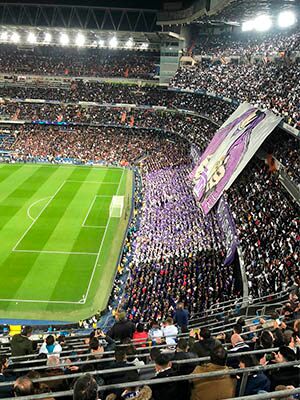

Real Madrid fans
The latest changes to the Santiago Bernabéu Stadium, under the chairmanship of Florentino Pérez, were primarily focused on improving the comfort of fans and the profitability of the Merengues’ domain.
The new Santiago Bernabéu
Real Madrid fans are anxiously awaiting the latest remodelling of the Santiago Bernabéu stadium, which has been approved by the Ordinary General Shareholders’ Assembly. This massively impressive project has arisen out of a collaboration between the L35 – GMP Architekten and Ribas & Ribas architectural firms, and is expected to completely transform the exterior of the white coliseum, giving it a futuristic appearance.
The work currently being undertaken will encase the Bernabéu stadium with a kind of shell—made from bands of steel—on which videos can be shown. At the same time, two canopies will be fitted: one fixed, to ensure that spectators are protected from adverse weather conditions, and another, retractable, canopy over the pitch, which can be opened or closed in as little as 15 minutes.
In addition, the number of commercial outlets and eateries is to be increased, an amazing 360º video scoreboard is to be installed and the area immediately around the stadium is to be upgraded, creating a generous amount of seating on both the Paseo de la Castellana and the Calle Padre Damián façades. Finally, Calle Rafael Salgado is to be pedestrianised.
The Santiago Bernabéu tour
The best way of getting to know the Santiago Bernabéu Stadium is to attend a Real Madrid game, as in this way you can appreciate all the fine details that make football a game that arouses such passion. The smell of the newly mown grass, the chanting of the fans, the edginess of each counter-attack…
Taking a tour of the Santiago Bernabéu Stadium is an excellent option for anyone seeking an insight into the history of the Merengue club, as the photographs, footballs, shirts and, of course, the trophies on display in the museum’s cabinets help the visitor to reconstruct the club’s glorious past.
The Santiago Bernabéu tour also enables visitors to walk in the footsteps of the first-team players, as it takes them through the iconic locations that fans have seen endlessly on television, such as the press room, the changing-room tunnel, the benches and even a replica of the bus that brings the Merengues to the stadium. The icing on the cake, naturally, is to set foot on the pitch that has given so much cause for celebration to Real Madrid’s fans all over the world.



Madrid
Occidental Aranjuez
- The ideal hotel for visiting the Parque Warner Madrid theme park
- Meeting room for 840 people
- Hotel with outdoor swimming pool in Aranjuez
- Magnificent 1,200 m² fully equipped U-Spa



Madrid
Barceló Emperatriz
- Hotel opened in 2016
- The first hotel co-designed by guests
- Luxury hotel in the Salamanca neighbourhood, in central Madrid
- Healthy gourmet concept



Madrid
Barceló Torre de Madrid



Madrid
Barceló Imagine
- A uniquely innovative hotel concept in Madrid
- With great transport links and a strategic location
- Restaurant Eat & Roll: organic cuisine tailored to guests
- The best views from the Sky lounge terrace



Madrid
Occidental Castellana Norte
- Hotel recommended by IFEMA
- Well connected to the airport and city centre
- Meeting rooms for 200 people
- Ultra-comfortable rooms
Information of interest
How to arrive
- By Metro: Santiago Bernabéu Station, L10.
- By bus: 14, 27, 40, 43, 120, 121, 147 and 150.
Contact
- Telephone: 91 398 43 00
- Address: Avenida de Concha Espina, 1.
Related plans
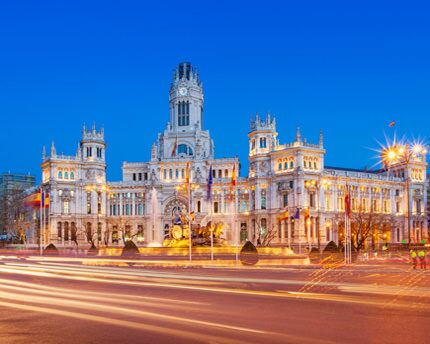
The Plaza de Cibeles, the pride of Madrid
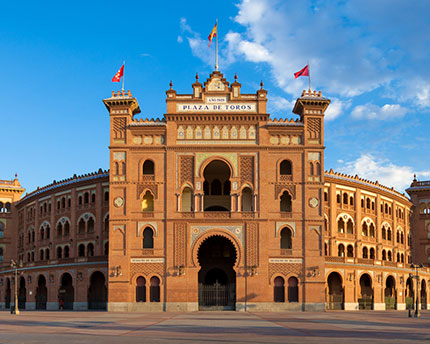
The Las Ventas bullring: a spectacular monument in the Neo-Mudejar-style
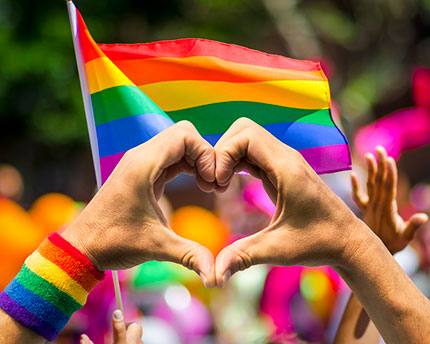
Madrid Gay Pride, the biggest pride event in Europe
